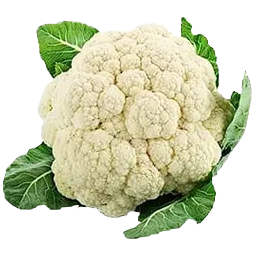They happen when lines meet where the width of the feature isn’t an exact multiple of the extruder’s width and the printer has trouble filling in the void. Usually they’re fairly invisible, but when printing white on black, they stand out like a sore thumb.
I’m wondering if there’s a good simple way of avoid this problem in the slicer. The ultimate fix of course is to print a square sheet of white PLA under the white letter, but I’d rather not mess with my model because it’s quite complex already.


No and I don’t even know how to do that 🙂 The printer is the company’s Prusa XL and we’re using it as it came out of the box. I’m normally very happy with what it churns out, it’s just that small esthetic issue on a part that bears the company logo, that we intend to sell to customers.
I’ll look into that. Thanks!
@ExtremeDullard
Sometimes the filament diameter is not exactly 1.75mm, always a good idea to check before print.
I have made a excel sheet to convert the diameter to area mm² and then calculate the feedrate percentage correction value, but most times i look at it and set it manually when reprinting gcodes.
The key area is the overlap zone between infill lines and perimeter lines, seen when the bottom layers with full infill are printed. There should be a tiny roughness from overpressed material in this zone where the infill lines return direction. This is best spot to see if the right amount of material is extruded.